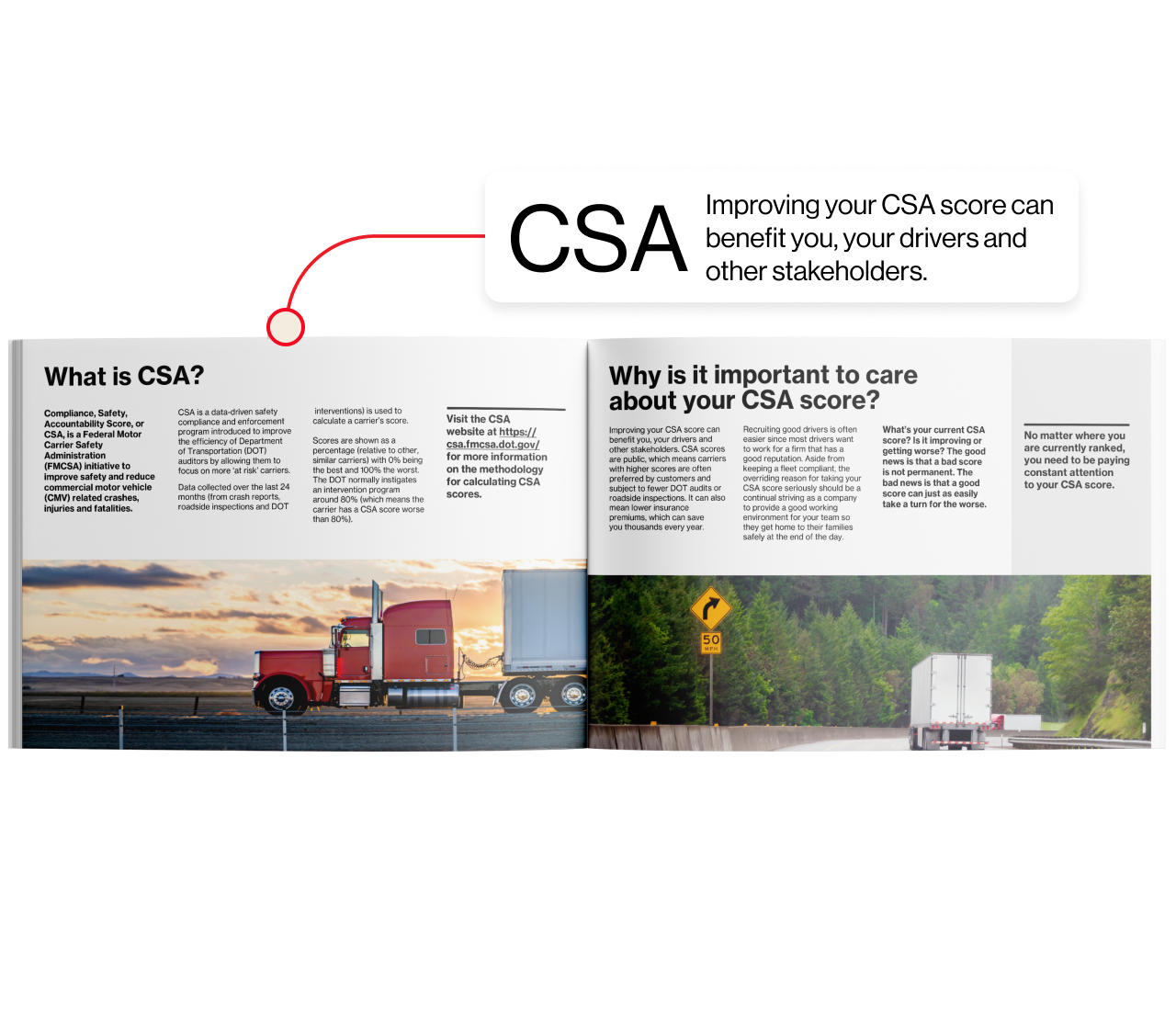1. Select a GPS vehicle tracking provider whose product supports full Federal Motor Carrier Safety Administration (FMCSA) compliance. Choosing the right provider can make or break proper ELD compliance. Make sure that the ELD provider is knowledgeable about how to support ELD regulations with an easy-to-use solution, and flexible, with tools that are easy to integrate/transition into your current operations (a learning curve is normal, but you shouldn’t need a Ph.D. to use something).
2. Help drivers understand the new tracking tools: As you roll out your new vehicle tracking system, make sure the drivers understand that this new technology will help them maintain ELD compliance.
Your drivers will gain more control over their time, letting them create, edit and manage their own hours – plus, the tracking system gives them ways to help stay compliant, including Hours of Service (HOS) compliance tools; near real-time driver feedback; driver vehicle inspection reporting (DVIR); and IFTA mileage reporting.
For companies that can’t go beyond a certain mileage radius, tracking software’s geofencing capabilities help make it clear when drivers are going beyond the point they can be. And for companies worried about drivers putting in too many hours behind the wheel, features in the mobile app make it easy to calculate how many hours they have left for the day.
3. Implement an employee coaching program to increase engagement. The best way to maintain ELD compliance and help make your rollout a success is through effective and consistent driver coaching – your drivers aren’t going to get better if they don’t know what they’re doing wrong.
Share both the good and not-so-good ELD compliance and GPS data, using reports, alerts and data entries that track driver behavior. Violation alerts and reports help managers monitor infractions when they occur, so you can address problems before they turn serious (and costly). The near real-time data that is constantly pouring in from the tracking software lets managers be proactive with instant, visible coachable moments.
4. Get employees on board to make your rollout a success. Don’t make ELD compliance sound like something they have to do because it helps the business – show drivers how it helps them, too, and they’ll be true believers.
The government is mandating electronic HOS compliance to improve safety, reduce risk, manage efficiency, rein in costs and increase overall regulatory compliance – but the one to focus on is safety: When they comply, it ensures they are alert and engaged behind the wheel, reducing the chance of accidents and other mishaps.
Keep the lines of communication open – your drivers may have questions on what they should or should not do – and develop clear written policies that people can reference if they have a question. Encourage people to give feedback on your policies – they might have an idea you didn’t think of.
Last but not least: Coach, encourage and repeat, and your company will be well on its way to compliance.
.webp?w=1920&height=undefined,&q=75&auto=webp)













